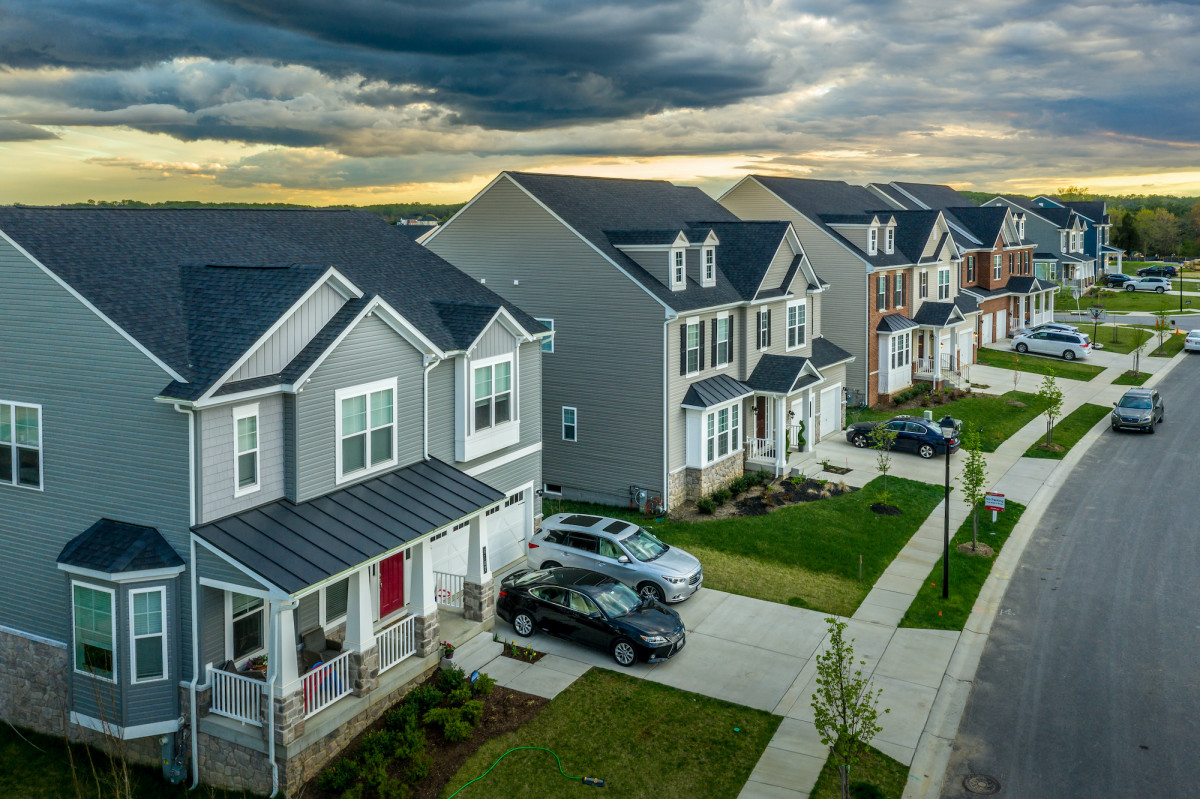The red-hot housing market may be pricing out many people as it continues its scorching run, but it isn’t in a bubble and will likely soon see correctors to help it stay strong, an expert said April 11.
Kayla Bruun, economic analyst at decision intelligence company Morning Consult, told TheStreet that while housing prices are rising rapidly, the market itself isn’t exhibiting what economists would consider classic bubble symptoms, where pricing is driven by artificial demand.
Instead, the market appears to be choking under a major increase in demand coming face-to-face with a lack on inventory.
That’s what is causing such high prices and the bidding wars so many buyers are now facing.
Bruun said that Morning Consult data over the past year has shown that many more adults are trying to buy homes than are planning to sell them over the next 12 months, which leads to a kind of uber-sellers market.
“There are real factors underpinning that demand, including demographics [like] millennials starting families and wanting more space, and pandemic-related lifestyle changes [like] remote work enabling geographic flexibility,” Bruun said.
Changing interest rates used to be a big part of why people wanted to buy, but that landscape has changed since the Federal Reserve began stepping in with increases to chill inflation.
“Until recently, low interest rates were also a major factor, though that is now changing,” she said.
Will Housing Prices Continue to Rise?Buyers looking for some relief in pricing are unlikely to find any in the short-term, experts said.
Until the market begins putting more supply up for sale, the buyers who want a home will have to continue outbidding one another for what little housing is available.
Bruun said this is likely even if higher interest rates rein in some of the demand. She said that the two main ways supply increases are either more people selling their homes, or more construction making new homes.
Neither have shown much of an uptick so far.
Scroll to Continue
“Home starts have picked up a bit but new construction is expensive: labor costs and certain raw materials prices are very elevated, plus borrowing costs for developers are also more expensive now due to interest rates, so adding new supply comes with a high price tag for builders,” Bruun said.
Builders who do get into the market are probably eyeing charging a premium for their products right now, primarily because they can pass the cost of building a home on to buyers.
“For existing homes, which are the much bigger part of housing stock, it really depends on how buyers and sellers respond to rates. It is likely that home price growth will slow, but not clear at this point that it would stop or reverse course,” she said.
Morning Consult data shows a majority of consumers expect prices to keep rising.
Will Rate Hikes Spook Buyers?For now, it appears that the housing market is beginning to lose buyers who feel discouraged by the affordability of buying a home.
Rising interest rates have also contributed to that decline, as buyers begin to price in paying higher mortgages once they do find a home that is available.
Bruun said that Morning Consult has seen some signs of discouragement in its data.
“Even though most consumers think prices will keep rising, sentiment has soured on the question of whether homebuying is a good investment as rates crept higher in recent months,” she said.
“The increasing borrowing cost and potentially slower price growth is limiting the perceived upside of homeownership as an investment.”
How to Get More Inventory Into the MarketplaceThe continuing rise of pricing is probably going to entice more builders, and the investors who back them, to build more homes and thus solve the supply dilemma currently bedeviling the housing market.
Bruun said that recently, permits and housing starts have picked up, which means that eventually there will be more housing for buyers to choose from.
That could temper pricing, as more people find homes that they like and fewer bidding wars break out.
“Supply chain disruptions and the tight labor market are holding back the pace of completions, so easing constraints for materials and workers could help speed up deliveries and allow housing stock to expand a bit sooner,” Bruun said.
